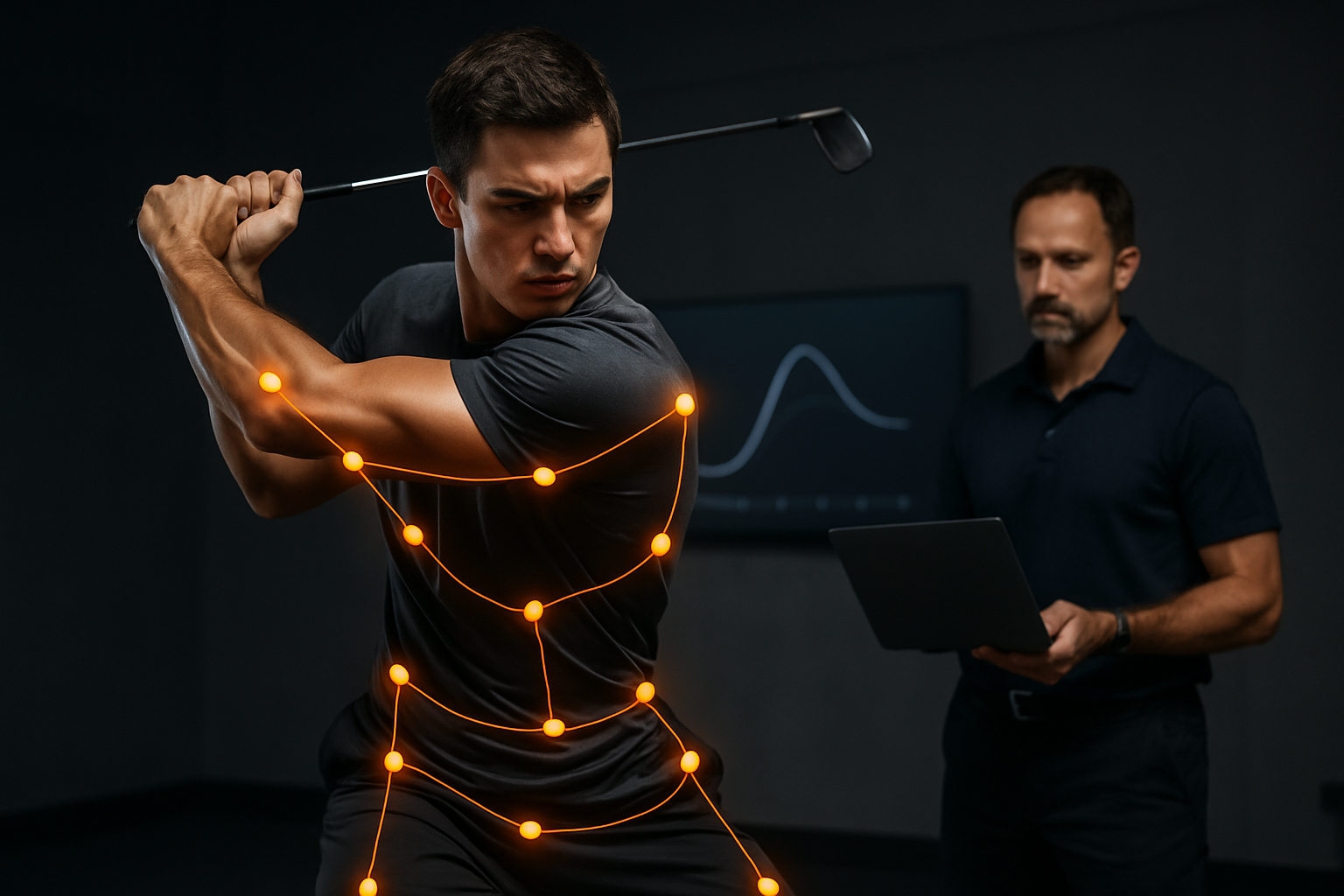Optimizing preseason conditioning with individualized monitoring
Preseason conditioning sets the foundation for a season of consistent performance and reduced injury risk. Individualized monitoring combines athlete profiling, testing, and ongoing data collection so coaches can tailor conditioning, workload, and recovery plans. This approach emphasizes measurable metrics, biomechanics insights, and informed periodization to build endurance and readiness.

Effective preseason work begins with clear goals and a systematic plan that centers on each athlete’s profile. Rather than applying one-size-fits-all training, individualized monitoring captures baseline testing results, movement patterns, and recent workload history to guide conditioning decisions. Using consistent data points during preseason lets coaching staff track adaptations, identify plateaus, and adjust training intensity to promote steady gains in endurance and sport-specific readiness.
This article is for informational purposes only and should not be considered medical advice. Please consult a qualified healthcare professional for personalized guidance and treatment.
Individualized athlete profiling and testing
Individualized profiling starts with objective testing: aerobic capacity, sprint and repeat-sprint tests, strength and mobility screens, and sport-specific skill assessments. For each athlete, collect baseline metrics and compare them to positional demands and prior-season data. Testing helps identify strengths and deficits in biomechanics and energy systems so conditioning priorities—such as improving endurance, power, or movement quality—are grounded in measurable needs rather than assumptions. Regular re-testing during preseason verifies progress and informs training progression.
Monitoring workload and recovery with data
Effective workload management balances training stress and recovery to lower injury risk and optimize performance. Tracking internal load (perceived exertion, heart rate) and external load (distance covered, accelerations) provides complementary metrics. Monitoring recovery markers—sleep quality, HRV, soreness—helps determine readiness for higher-intensity sessions. Combining these data streams supports daily and weekly adjustments to sessions so athletes progress without accumulating excessive fatigue that undermines conditioning gains or increases injury likelihood.
Wearables and metrics for biomechanics and performance
Wearables offer practical ways to capture continuous metrics relevant to biomechanics and performance. GPS units, inertial sensors, force platforms, and heart-rate monitors provide data on speed, acceleration, deceleration, jump force, and physiological load. When interpreted alongside movement screens and video analysis, these metrics clarify how an athlete’s biomechanics change as training load increases. The goal is to maintain technical efficiency while improving conditioning, ensuring that performance improvements are not achieved at the expense of movement quality.
Analytics and coaching decisions for training
Analytics translate raw data into actionable coaching decisions. Simple dashboards and trend analyses reveal whether an athlete’s workload is trending toward overload or under-stimulation. Coaches can use rolling averages, acute-to-chronic workload ratios, and individualized thresholds to modify session content. Analytics also support targeted interventions—altering volume, intensity, or recovery modalities—to maintain progress. Crucially, analytics should complement, not replace, coaching judgement and direct observation of training responses.
Integrating periodization and endurance conditioning
Periodization provides a structure for preseason conditioning, sequencing phases that build base endurance, introduce sport-specific intensity, and peak for competition-ready fitness. Individualized monitoring allows micro-adjustments within that framework: athletes with lower endurance capacity may need extended aerobic development, while others focus earlier on high-intensity intervals. Conditioning sessions should progress in volume or intensity according to monitored adaptation, ensuring that endurance gains align with tactical and technical training demands.
Injury risk reduction through targeted monitoring
Targeted monitoring reduces injury risk by identifying early warning signs: sudden workload spikes, persistent asymmetries in biomechanics, or insufficient recovery markers. Integrating testing results with daily data enables interventions such as targeted strengthening, mobility work, or modified load for at-risk athletes. Monitoring also supports return-to-play decisions by documenting functional capacity and readiness. Preventive strategies informed by data help preserve athlete availability across the season without unnecessarily restricting conditioning development.
Individualized monitoring during preseason connects measurable testing, ongoing workload metrics, wearable-derived biomechanics, and analytics-driven coaching to create tailored conditioning plans. By aligning training stimulus with an athlete’s current capacity and recovery status, teams can develop endurance and performance in a controlled, evidence-informed way. Consistent monitoring and periodic reassessment keep training responsive, supporting both short-term readiness and long-term athlete health.





